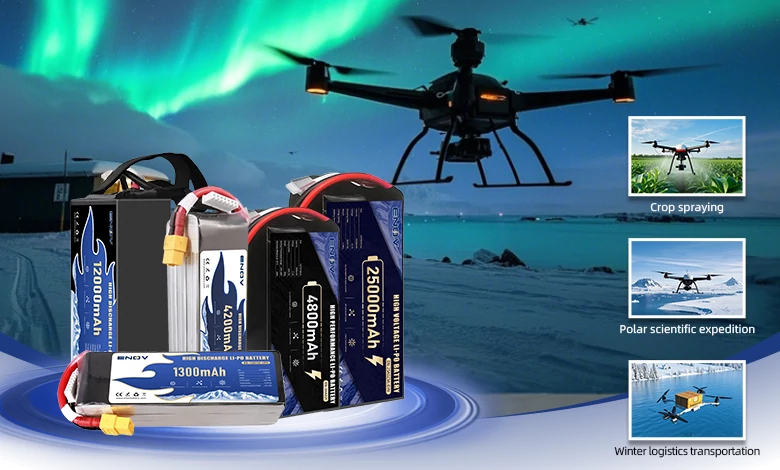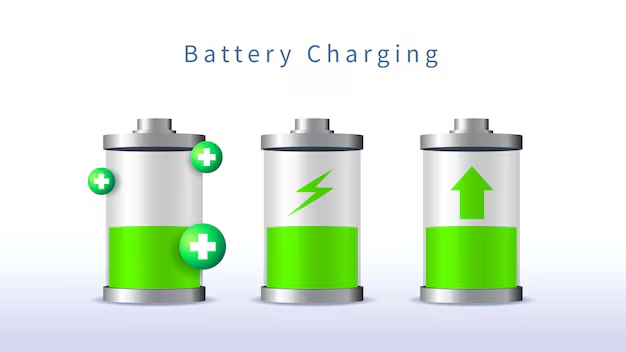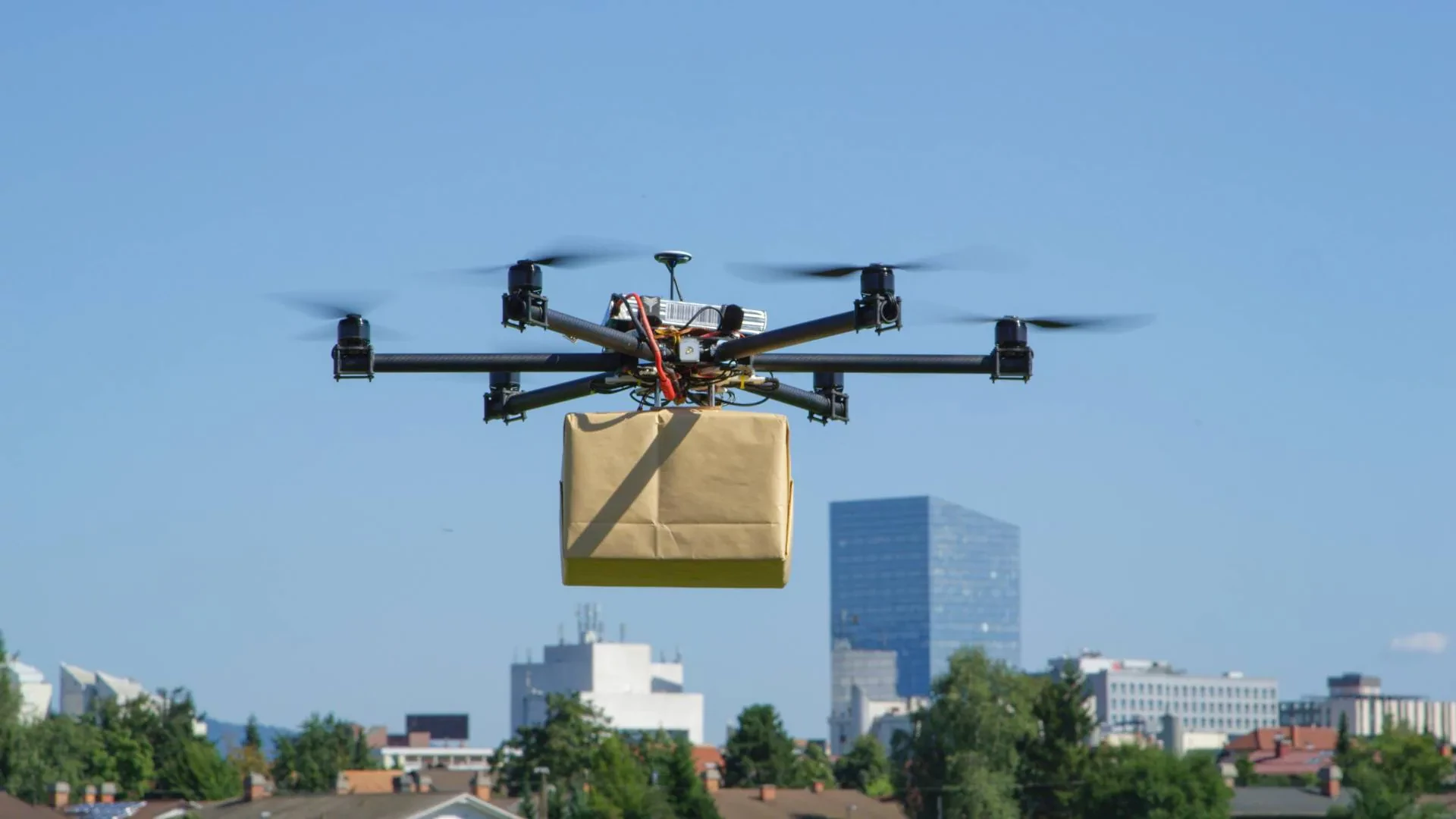Cylindrical 18650 Battery Cell

ENOV High-Energy drone batteries power industrial and commercial drones. Delivering 220–320 Wh/kg energy density, they enable long flight times (30+ mins) and support fast charging (2C). Perfect for aerial photography, surveillance, and delivery drones.
The 18650 battery cell is a standardized cylindrical lithium-ion rechargeable battery. With its mature manufacturing process, high consistency, and cost-effectiveness, it serves as a core power supply component in consumer electronics, power storage, and other fields. Its model is directly named after its physical dimensions, featuring a wide range of application scenarios and clear technical characteristics.
1. Basic Definition and Dimensional Specifications
The model of the 18650 battery cell directly reflects its external parameters, laying the foundation for its standardized application.
The diameter is fixed at 18 millimeters, the height at 65 millimeters, and the trailing “0” indicates a cylindrical structure.
The common actual dimensional tolerance is 18.35±0.10 millimeters in diameter and 65.10±0.15 millimeters in height, with a total volume of approximately 16.5 cubic centimeters.
It has two physical forms: button-top and flat-top. The protruding positive electrode of the button-top is suitable for specific devices, while the flat-top is the standard configuration for battery packs and sealed enclosures.
2. Core Electrical Parameters
Electrical parameters determine the application compatibility and performance of the 18650 battery cell, with slight variations across different chemical systems.
● Voltage specifications: The nominal voltage of standard lithium-ion versions ranges from 3.6V to 3.7V, the charging cut-off voltage is 4.2V, and the discharge termination voltage is 2.5V to 3.0V. For lithium iron phosphate (LFP) versions, the nominal voltage is 3.2V, the charging cut-off voltage is 3.6V to 3.65V, and the discharge termination voltage is approximately 2.75V.
● Capacity range: The conventional capacity covers 1000mAh to 3600mAh, with mainstream products on the market concentrated between 2200mAh and 3400mAh. Low-capacity (1500mAh-2000mAh) cells are suitable for basic electronic devices, while high-capacity (3300mAh-3500mAh) cells are used in high-power consumption scenarios.
● Discharge performance: The continuous discharge current is usually 1C-3C. For example, a 2600mAh cell can stably output 2.6A-7.8A. Ordinary types have a continuous discharge current of 5A-10A, power-type ones can reach 15A-35A or more, and high-discharge-rate models support continuous output of 10A-30A.
● Cycle life: Power high-rate cells have a cycle life of 300-500 times, high-capacity cells can reach 800-1000 times, and lithium iron phosphate system cells can have a cycle life exceeding 2000 times.
3. Chemical Composition and Structural Features
3.1 Main Chemical Systems
Cells with different chemical compositions have distinct performance focuses, adapting to various application needs.
● Lithium Cobalt Oxide (LCO): Features high energy density (180-200 Wh/kg), suitable for consumer electronic products, but has low thermal stability and discharge rate.
● Lithium Manganese Oxide (LMO): Offers excellent thermal stability and safety, commonly used in power tools and medical equipment.
● Lithium Nickel Manganese Cobalt Oxide (NCM): Balances energy density (160-270 Wh/kg), safety, and power output, making it a common choice for electric vehicles and electric bicycles.
● Lithium Iron Phosphate (LFP): Boasts outstanding safety and long cycle life, with an energy density of approximately 160 Wh/kg, suitable for solar energy storage and backup power systems.
3.2 Structural Design
The structural design ensures the safety and performance stability of the battery cell.
The shell is made of 0.2-millimeter nickel-plated steel, with a compressive strength of 30MPa and an explosion-proof valve on the top.
The internal positive and negative electrode sheets and separator are wound in a “Swiss roll” style, with a copper pin current collector inserted in the center.
The packaging method is bottom laser welding, and the top integrates CID (Current Interrupt Device) and PTC (Positive Temperature Coefficient) devices.
It is divided into two types: with and without a protection circuit. Cells with a protection circuit have a built-in PCM (Protection Circuit Module) to prevent overcharging, over-discharging, and short circuits, with a length of approximately 70 millimeters. Unprotected cells need to be used with an external Battery Management System (BMS).
4. Application Fields
Due to its high standardization and balanced performance, the 18650 battery cell is widely used in multiple industries.
● Consumer electronics: Laptop battery packs, power banks, high-brightness flashlights, electric toys, electronic cigarettes, cameras, etc.
● Power equipment: Electric bicycles, power tools (cordless drills, electric saws, etc.), early battery packs for electric vehicles (such as Tesla Model S/X).
● Energy storage systems: Household energy storage devices, UPS systems, grid-scale energy storage systems, solar battery packs.
● Special fields: Medical equipment, military portable power supplies, drones, household appliances (such as vacuum cleaners), etc.
5. Capacity-Influencing Factors
The actual capacity performance of the 18650 battery cell is affected by various factors.
● Temperature: High temperatures accelerate internal chemical reactions. When the temperature rises from 25°C to 55°C, the capacity decay rate after 260 cycles increases from 4.22% to 13.24%. Low temperatures slow down lithium-ion movement, reducing capacity and energy transfer efficiency.
● Aging and usage: Increased temperature, high State of Charge (SoC), and fast charging accelerate capacity decay. The most significant capacity loss occurs in the first 200 cycles, and calendar aging also occurs during idle periods.
● Chemistry and design: Different manufacturers adopt different chemical compositions and production processes, leading to capacity differences. For example, the lithium cobalt oxide system focuses on high capacity, while the lithium iron phosphate system emphasizes long life.
6. Selection Recommendations
Selecting an 18650 battery cell requires comprehensive consideration of equipment requirements and actual conditions.
● Match performance needs: For high-power-consuming equipment (power tools, electric vehicles), choose high-capacity (3000mAh-3500mAh) or high-discharge-rate cells. For low-power-consuming equipment (flashlights, remote controls), medium-to-low-capacity cells (1000mAh-3000mAh) are optional.
● Consider physical and cost constraints: High-capacity cells are larger, heavier, and more expensive. Portable devices need to balance size and battery life. Choose cost-effective products based on budget.
7. Summary
The cylindrical 18650 lithium-ion battery cell has become the mainstream choice in consumer electronics and lightweight power storage fields due to its standardized dimensions, mature technology, and cost-effectiveness. Its core advantages include moderate energy density, considerable cycle life, and strong application compatibility. Meanwhile, safety risks can be effectively avoided through reasonable selection and standardized use. For higher energy density or vehicle-level grouping efficiency, newer cylindrical battery models such as 21700 and 4680 can be upgraded to. Understanding its parameter characteristics, chemical differences, and safety specifications can better exert its power supply efficiency and ensure stable operation of equipment.
Quick inquiry
Drop us a line, and we’ll get back to you within 24 hours.

Ariana Yuan
Digital Operations Manager
Website Planning|Marketing Project Management for Drone Batteries|Scheduled Content Refresh|SEO Optimization

Ariana Yuan
Digital Operations Manager
Website Planning|Marketing Project Management for Drone Batteries|Scheduled Content Refresh|SEO Optimization




